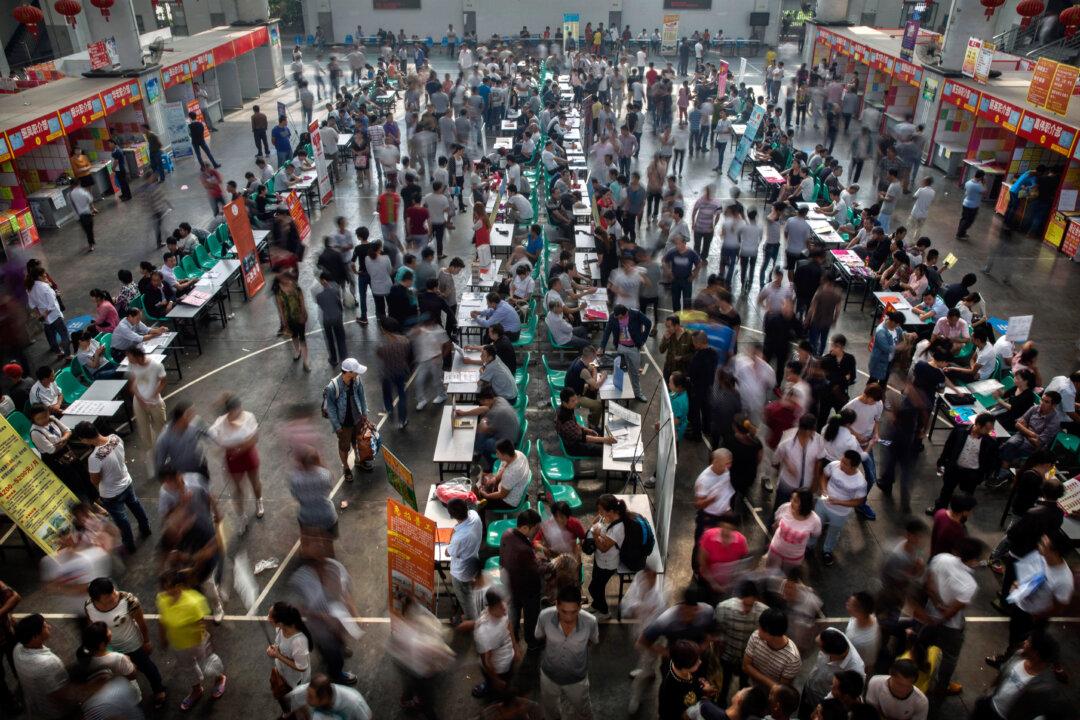News Analysis
China’s aging crisis may be the final blow to an embattled economy—already plagued by a debt crisis, real estate bubble, and sluggish growth.

China’s aging crisis may be the final blow to an embattled economy—already plagued by a debt crisis, real estate bubble, and sluggish growth.